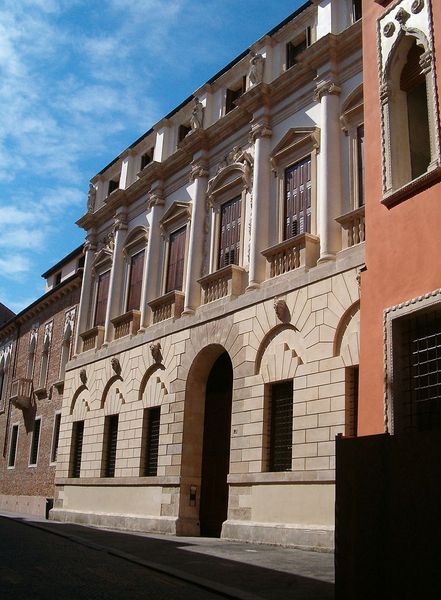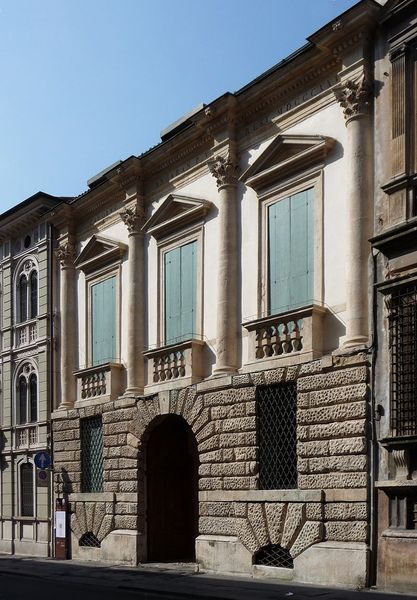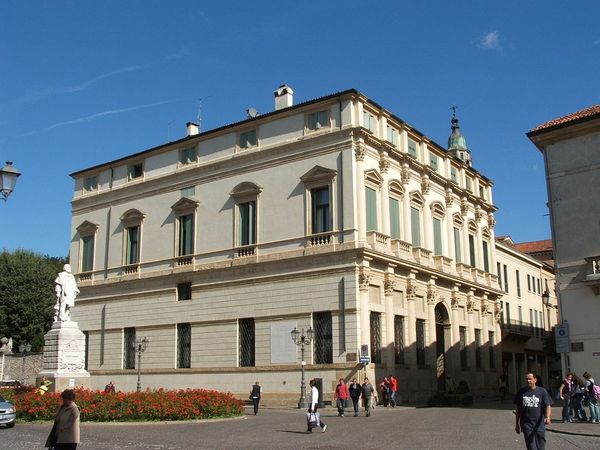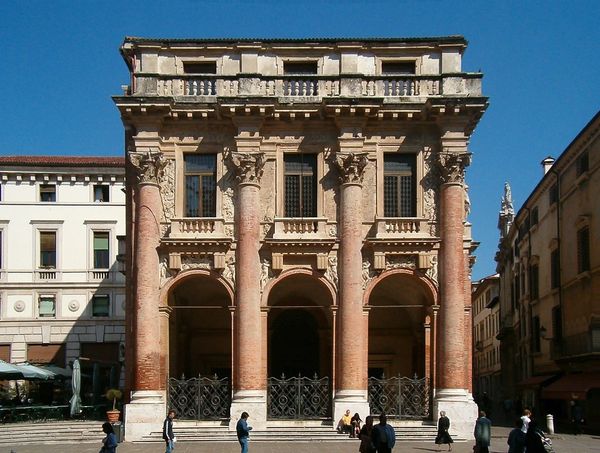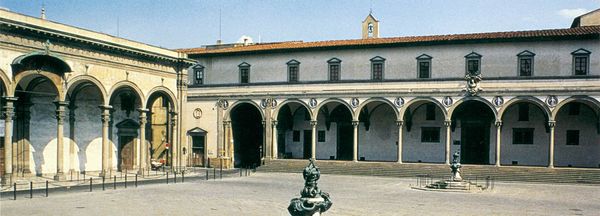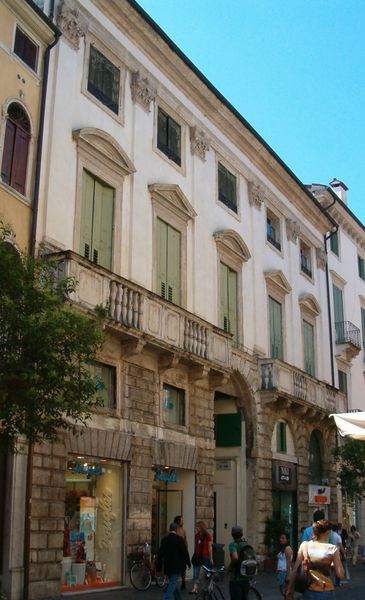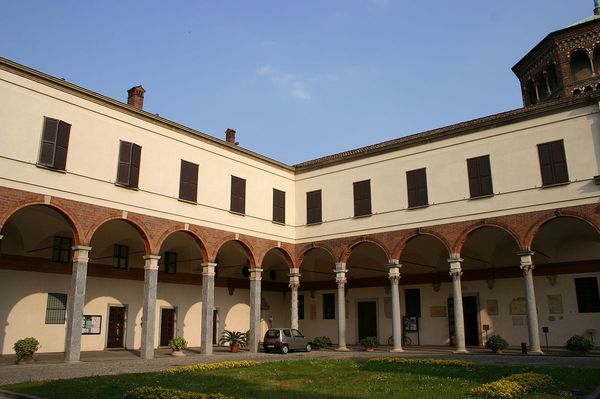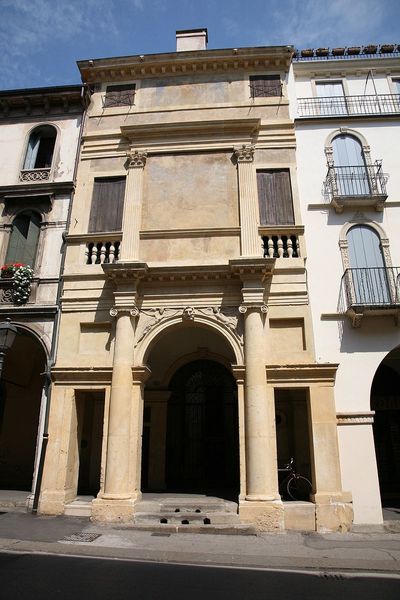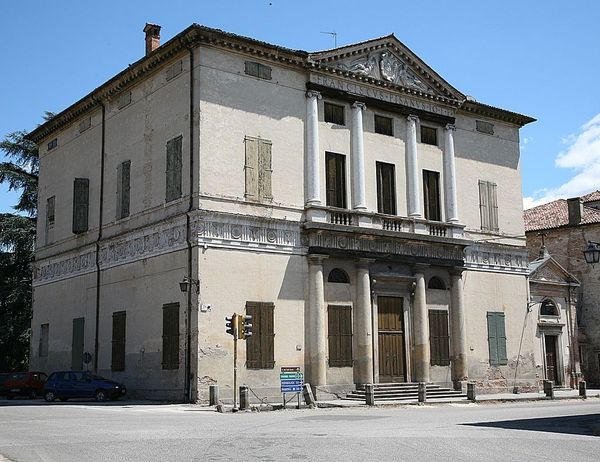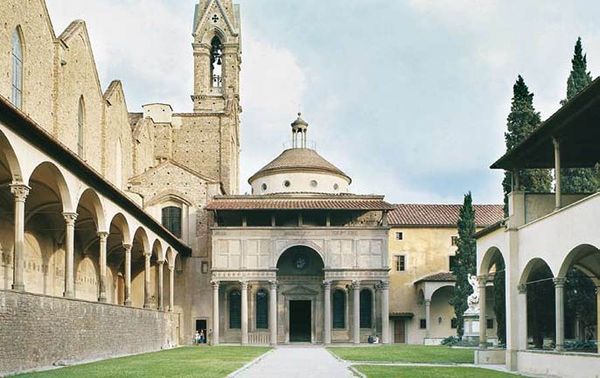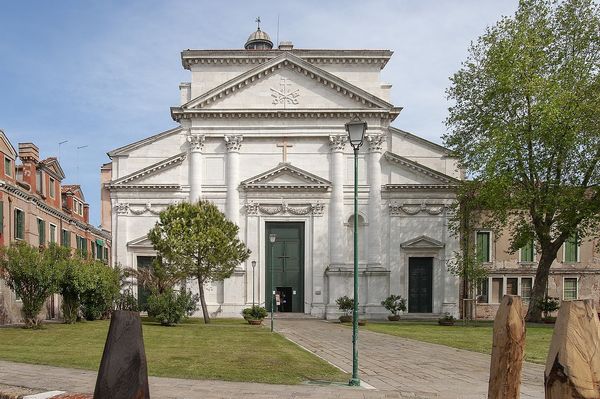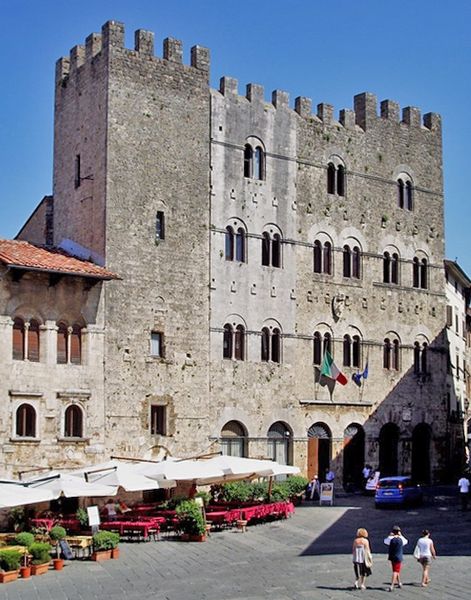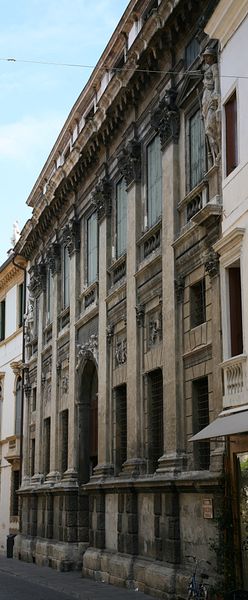
architecture
landscape
romanesque
classicism
cityscape
italian-renaissance
architecture
Copyright: Public domain
Editor: This is a photograph of the Palazzo Torlonia, designed by Donato Bramante around 1496. It's a pretty imposing building. It’s the facade specifically. What stands out to me is the emphasis on stone, its textures and how much labor went into cutting and placing it. How do you interpret this work? Curator: Well, if we consider the materials first, the stone itself signifies wealth and permanence. Where was this stone sourced? How far was it transported? Who were the laborers involved in its extraction and shaping? Bramante’s design is heavily reliant on these factors, beyond just the aesthetic principles of classicism it embodies. The modularity of the façade speaks to a developing construction industry. What does its symmetrical construction, repeating elements, suggest to you? Editor: It gives off a feeling of control. Like they were mastering not just design, but production. Were they consciously elevating construction from craft to "art?" Curator: Exactly! The repetition wasn’t merely decorative. It speaks to standardization, and pre-fabrication of architectural elements. The rows of windows…think about the glass! A luxury good back then. Its presence and scale signify access to specific trade networks and manufacturing processes. Even that implied process becomes part of the palazzo's artistic statement. Editor: So, looking at architecture this way shifts the focus from the architect's genius to the social and economic conditions that enabled the building. It acknowledges the countless hands that shaped the final form. Curator: Precisely. It democratizes our understanding of art, placing as much value on the stonecutter’s skill as the architect's design. Editor: That makes you think differently about art as an endeavor involving many forms of labour. Curator: Right, it is important not only to look, but ask what conditions enable certain work to be created.
Comments
No comments
Be the first to comment and join the conversation on the ultimate creative platform.
